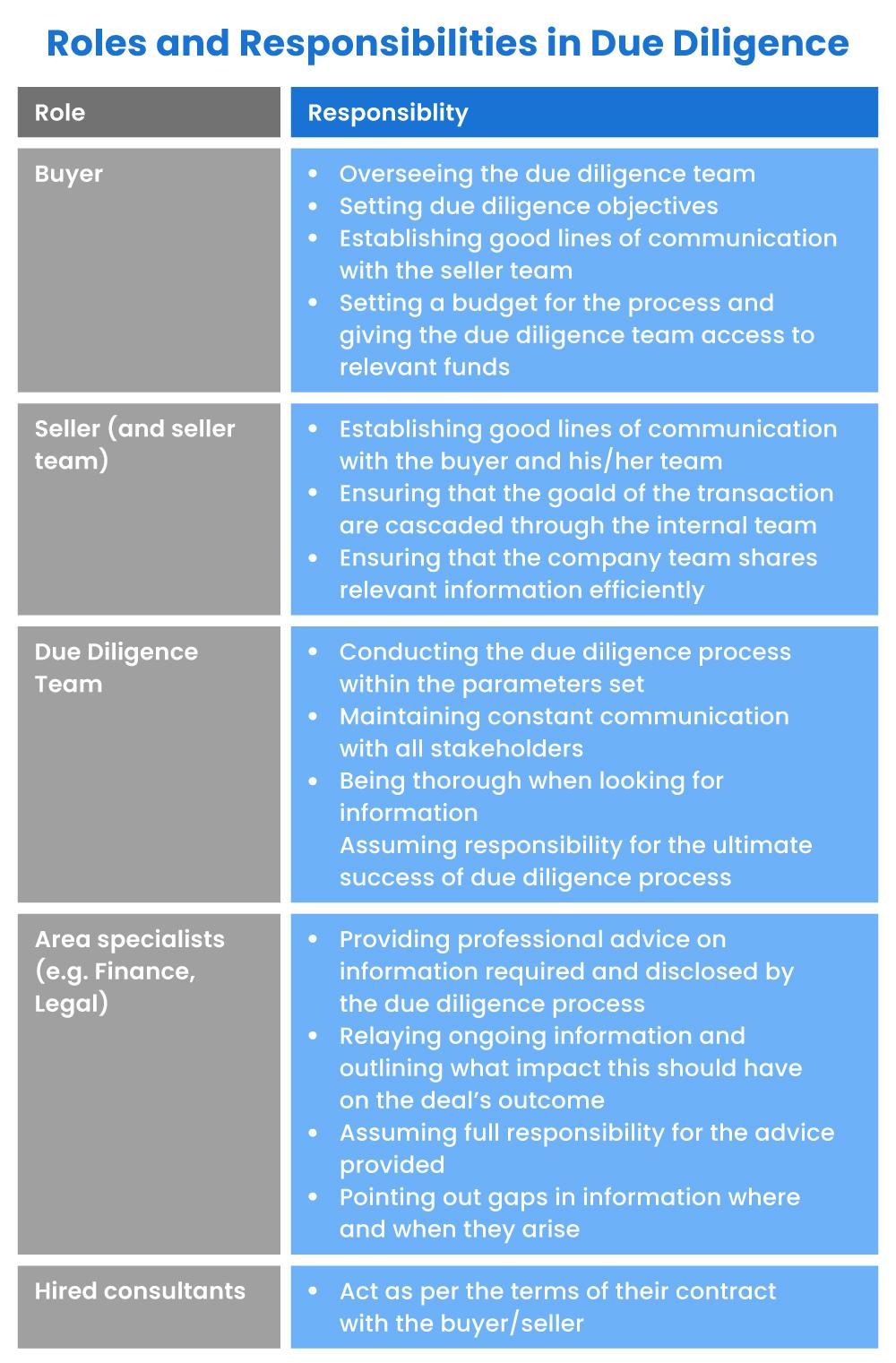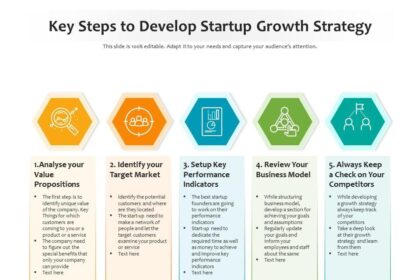Fueling Innovation: A Guide to Venture Capital for Startups
In the dynamic landscape of entrepreneurship, where ideas spark like wildfires and innovation propels industries forward, the journey from concept to reality can often be a daunting one. For startups, the pursuit of capital is not merely a financial transaction; it’s a crucial lifeline that nurtures creativity and transforms vision into existence. Enter the world of venture capital—a realm where investors seek the next groundbreaking idea and budding entrepreneurs strive to bring their dreams to fruition. In this guide, we will explore the intricate relationship between startups and venture capital, demystifying the process and uncovering the strategies that can empower fledgling companies to navigate this complex ecosystem. Whether you’re a visionary ready to launch or a seasoned entrepreneur looking to scale, understanding the nuances of venture capital could be the key to unlocking your innovation and propelling your startup toward success. Join us as we delve into the art of securing investment and fueling the next wave of transformative ideas.
Understanding the Venture Capital Landscape for Startups
In the dynamic realm of startups, navigating the venture capital landscape can be both exhilarating and daunting. Entrepreneurs must first understand the diverse tiers of funding that exist, as they each serve unique purposes at different stages of a startup’s lifecycle. Typically, these include:
- Seed Stage: Initial funding to validate ideas.
- Series A: Early investments focused on scaling business models.
- Series B and beyond: Growth capital to expand market reach.
Moreover, recognizing the key players in the venture capital ecosystem is essential. There are various types of investors, including angel investors, venture capital firms, and corporate investors, each bringing distinct advantages. For instance, while angel investors can provide mentorship alongside funds, venture firms may offer extensive networks and resources to accelerate growth. Understanding these dynamics helps founders position their startups effectively and determine which funding source aligns best with their strategic objectives. Below is a comparison table of different investor types:
| Investor Type | Investment Focus | Typical Involvement |
|---|---|---|
| Angel Investors | Early-stage startups | Hands-on mentorship |
| Venture Capital Firms | Series A and beyond | Strategic support & connections |
| Corporate Investors | Synergistic innovations | Partnership opportunities |

Crafting a Compelling Pitch: Attracting Investments
To capture the attention of potential investors, you must articulate a vision that resonates with both urgency and excitement. Start by weaving a narrative around your startup that highlights its unique value proposition and the problem it solves. Frequently, investors are most drawn to the emotional stories behind successful innovations. Use the following strategies to make your pitch memorable:
- Highlight the Market Opportunity: Identify the size and growth potential of the market you’re entering.
- Showcase Your Team: Emphasize the experiences and skills of team members that align with your vision.
- Demonstrate Traction: Present metrics that illustrate user growth, sales figures, or partnerships.
Equally important is the visual and structural presentation of your pitch. Keep your slides clean, concise, and impactful. A well-designed pitch deck fosters professionalism and helps maintain investor interest. Consider incorporating a table that summarizes key financial projections alongside your business model.
| Year | Revenue ($) | Expenses ($) | Net Profit ($) |
|---|---|---|---|
| 2023 | 100,000 | 60,000 | 40,000 |
| 2024 | 250,000 | 150,000 | 100,000 |
| 2025 | 500,000 | 300,000 | 200,000 |

Navigating the Due Diligence Process with Confidence
Engaging with potential investors can be a daunting task for startups. The due diligence process is a critical phase that ensures both parties understand the financial landscape and operational framework of the business. To navigate this process with ease, startups should prepare their documentation meticulously. This includes:
- Financial Statements: Ensure accuracy and clarity in your income statements, balance sheets, and cash flow statements.
- Business Model Overview: Clearly articulate how your business generates revenue and outlines its unique value proposition.
- Market Analysis: Present thorough research on market size, competitive landscape, and customer demographics.
- Team Structure: Highlight key team members and their backgrounds, showcasing the skills that drive your business forward.
In addition to documentation, effective communication is essential. Be open and responsive, allowing potential investors to ask questions and seek clarifications. Consider creating a central repository for all due diligence documents, using tools like Google Drive or Dropbox for easy access. Regular updates on your startup’s progress can also reassure investors of your commitment. Here’s a simple overview of best practices:
| Best Practices | Description |
|---|---|
| Organize Files | Structure your documents logically for easy navigation. |
| Maintain Transparency | Be candid about challenges and risks facing your startup. |
| Regular Communication | Provide updates to keep investors informed and engaged. |

Building Lasting Partnerships: Maximizing the Benefits of Investor Relationships
Establishing strong, lasting collaborations with investors goes beyond financial transactions; it involves building a foundation of trust and mutual benefit. Startups should aim to engage investors as partners, integrating them into the strategic vision from the outset. To achieve this, consider the following key approaches:
- Transparent Communication: Maintain open lines of communication, sharing both successes and challenges to foster trust.
- Shared Goals: Align your objectives with those of your investors to create a cohesive strategy for growth.
- Regular Updates: Keep investors informed about milestones and progress through scheduled updates, enhancing their commitment.
Additionally, leveraging investor expertise can accelerate innovation and drive your startup toward success. When cultivating these relationships, focus on the unique strengths each investor brings to the table. Consider creating a simple table to outline potential contributions:
| Investor Type | Potential Contributions |
|---|---|
| Angel Investors | Mentorship, Industry connections |
| Venture Capital Firms | Strategic guidance, Additional funding rounds |
| Corporate Investors | Access to resources, Market insights |
By recognizing and maximizing these contributions, startups can create an ecosystem where innovation thrives, ultimately leading to shared success and enhanced investor relationships.
Future Outlook
As we navigate the dynamic landscape of entrepreneurship, the role of venture capital in fueling innovation cannot be overstated. This guide has illuminated the pathways and pivotal strategies that startups can employ to harness the power of investment, transforming visionary ideas into tangible realities.
Remember, securing venture capital is not merely about funding; it’s about fostering partnerships that nurture growth and cultivate creativity. Each investor brings unique insights and networks that can elevate your startup to new heights. As you embark on this journey, stay informed, remain adaptable, and, above all, keep your passion ignited.
With the right tools and a clear understanding of the venture capital ecosystem, you are well-equipped to navigate the challenges ahead. So take a deep breath, refine your pitch, and step confidently into the world of innovation. The future awaits, and with it, a realm of possibilities just waiting to be explored.



